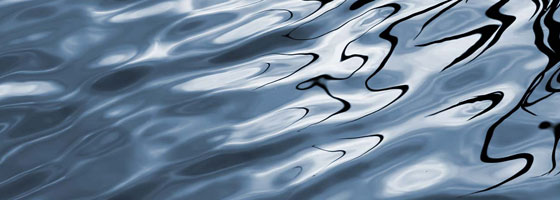Water Quality and Flow Rate Monitoring During Water Withdrawal

During drought conditions and periods of decreased precipitation, water is often withdrawn from surface and groundwater sources and used for purposes such as replenishing reservoirs and drinking supplies, or irrigation.
Through the process of withdrawal, water is removed from surface and groundwater sources then transferred to an area of need.
During the water withdrawal process (particularly in times of increased withdrawal, such as periods of drought), volumetric flow rate (discharge) and water quality conditions of rivers and streams must be closely monitored — as withdrawing too much water can cause reduced flow, possibly leading to deterioration in water quality and threatening aquatic and riparian life.
Due to the potential negative impact of water withdrawal, all 50 states have regulations that must be met, and application processes that must be completed, before a withdrawal project is approved by the overseeing agency in the state where it will take place.
The flow rate of a stream or river is measured by the speed at which a volume of water is traveling downstream. Discharge is often estimated from the water-surface elevation (stage) using an empirical fit to measurements of stage and concurrent discharge. This is referred to as the stream rating, or stage-discharge relationship.
Measuring the changes in water level over time is only one element of developing a stage discharge relationship. To obtain an accurate estimate of flow, point discharge measurements must be taken intermittently to establish a good rating curve. Each discharge measurement is linked with the water level at the time of its measurement.
There are a variety of devices capable of collecting the data necessary to measure water flow (or discharge), and thus determining a stage-discharge relationship. Handheld point discharge measurement instruments are available for wadeable streams. Additionally, towable Doppler units can be used in larger waterways.
The discharge readings gathered with these devices should be combined with water level measurements that can be taken with a NexSens AccuStage Vented Water Level Sensor, or any of several different water level loggers.
Using this technology to establish a stage-discharge curve, users can determine the approximate flow rate of the water source from which water will be withdrawn using only water level data.
Real-time water quality measurements can be taken using a multi-parameter sonde, capable of measuring parameters such as pH, dissolved oxygen, temperature, and conductivity. These data can then be gathered and transmitted using NexSens-iSIC (Intelligent Sensor Interface and Control) data loggers.
Using spread-spectrum radio, cellular, or Iridium satellite telemetry, iSIC data loggers can wirelessly transmit data to a base station consisting of a PC running NexSens iChart software. iChart can then interpret the data and optionally post it online to a WQData Web datacenter.
WQData provides an online interface for viewing environmental data. It offers constant access from any Web browser. Specifically designed for environmental monitoring applications, it is easy to set up and maintain. The datacenter can be set up as a secure (password protected) or an open site for easy access by anyone with the Web address.
Using combinations of the systems described above to closely monitor rivers and streams, users will know when water quality and flow rates are at appropriate levels to commence the withdrawal process, or when flow rates have been reduced to a level too low for continued withdrawal.
Water Quality and Flow Monitoring – Bath Nature Preserve [NexSens Technology]
State Water Withdrawal Regulations [National Conference of State Legislatures]





0 comments